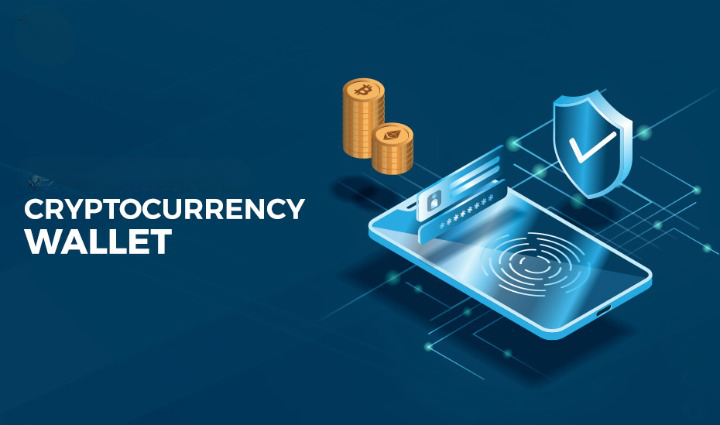
The Internet of Medical Things (IoMT) has revolutionized the healthcare industry, offering unprecedented opportunities to improve patient care, enhance operational efficiency, and enable remote monitoring.
It refers to the network of medical devices, wearables, and sensors interconnected through the internet, allowing real-time data collection and analysis. While IoMT has brought immense benefits, it also introduces new security risks and vulnerabilities that need to be addressed proactively.
In this article, we delve into the world of securing the Internet of Medical Things, exploring the challenges faced by healthcare organizations, potential risks to patient privacy, and comprehensive strategies to ensure the integrity and confidentiality of sensitive medical data.
By understanding the threats and implementing robust security measures, we can safeguard patient safety and maintain trust in the rapidly evolving landscape of healthcare technology.
The Challenges of Securing IoMT
The proliferation of interconnected medical devices creates a complex ecosystem that poses several challenges in terms of security. First, many IoMT devices were not initially designed with security as a priority, making them susceptible to vulnerabilities. These devices may lack encryption protocols, firmware updates, or proper authentication mechanisms. Second, the vast number of devices and their diversity makes it difficult to establish standardized security measures across the entire IoMT landscape. Lastly, the long lifespan of medical devices further complicates security efforts, as older devices may lack the necessary security updates or compatibility with modern security frameworks.
Risks to Patient Privacy and Data Security
Securing the IoMT is crucial to protect patient privacy and the integrity of medical data. The interconnected nature of IoMT devices means that a single compromised device can potentially grant unauthorized access to an entire network, compromising sensitive patient information. Hackers may exploit vulnerabilities in IoMT devices to gain access to personal health information, steal identities, or even manipulate medical data, leading to severe consequences for patients' well-being.
Additionally, IoMT devices often collect and transmit vast amounts of sensitive data, such as vital signs, medical history, and medication schedules. This data, if intercepted or accessed by malicious actors, can be used for blackmail, fraud, or even endanger patients' lives. Therefore, healthcare organizations must prioritize securing the communication channels, encrypting data at rest and in transit, and implementing strong access control mechanisms to ensure that only authorized personnel can access the data.
Strategies for Securing the IoMT
Robust Device Authentication: Implementing strong authentication mechanisms, such as multi-factor authentication, ensures that only authorized devices can connect to the network, minimizing the risk of unauthorized access.
Encryption: Employing encryption protocols, both for data in transit and at rest, adds an extra layer of protection to prevent unauthorized access or interception of sensitive information.
Regular Patching and Updates: Ensuring that all IoMT devices receive regular firmware updates and security patches is essential to address known vulnerabilities and protect against emerging threats.
Network Segmentation: Separating the IoMT network from other enterprise networks helps contain potential breaches, limiting the lateral movement of attackers and reducing the overall impact of a security incident.
Access Control and Privilege Management: Implementing strong access control measures, including role-based access and least privilege principles, ensures that only authorized individuals can access and modify sensitive medical data.
Threat Monitoring and Response: Deploying robust monitoring systems that can detect and respond to suspicious activities in real-time helps identify and mitigate potential security incidents promptly.
Staff Training and Awareness: Educating healthcare staff about best practices for cybersecurity, including identifying phishing attempts, using strong passwords, and recognizing potential risks, is crucial in building a security-conscious culture within the organization.
Conclusion
Securing the Internet of Medical Things (IoMT) is of paramount importance to protect patient privacy, maintain data integrity, and safeguard the healthcare ecosystem from malicious attacks. By recognizing the challenges faced in securing IoMT devices and understanding the potential risks to patient data, healthcare organizations can implement comprehensive strategies to fortify their security posture.
Through robust device authentication, encryption protocols, regular updates, network segmentation, and vigilant monitoring, healthcare providers can minimize vulnerabilities and enhance their ability to detect and respond to threats. Additionally, fostering a culture of cybersecurity awareness among staff members ensures that the entire organization is actively involved in safeguarding patient data.
As the IoMT continues to advance, it is essential to prioritize security alongside innovation to ensure that the transformative power of connected healthcare remains a force for good while protecting patients and their sensitive medical information from cyber threats.





